경기문화재단
Suwon_Suwon Museum
Travel to the Olden Day Suwon
Museum where the olden day street of Suwon is alive
The names of Korean provinces contain the names of major cities. Jeolla-do is the acronym of Jeonju and Naju, Chungcheong-do stands for Chungju and Cheongju, and Gyeongsang-do is short for Gyeongju and Sangju. However, this does not apply to Gyeonggi-do. The name "Gyeonggi" has the meaning of "capital." If Gyeonggi-do had been also named after city names, it would have included Suwon, which is a large city with a population of 1.2 million, the location of major administrative institutions such as the Gyeonggi Provincial Government and Gyeonggi Provincial Office of Education, and Samsung Electronics.
The modern history of Suwon began in December 1963, when it was selected as the seat of the Gyeonggi Provincial Government.
Various cities such as Anyang, Bucheon, and Uijeongbu competed for 10 years over the title of the seat of the Gyeonggi Provincial Government. The competition between Incheon and Suwon was particularly intense. In October 1964, the ceremony for the construction of the Gyeonggi Provincial Government was held at the foot of Paldalsan Mountain, attended by 30,000 people. Since the number of Suwon citizens stood at about 100,000 at that time, this event might have created a big sensation throughout the city.
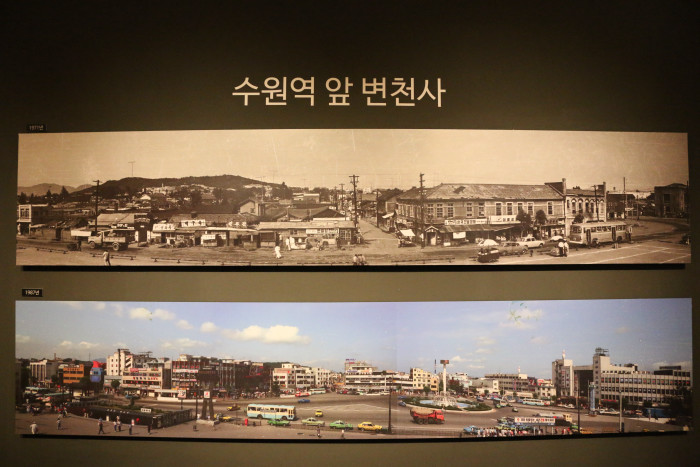
At the Suwon Museum's exhibition halls, you can feel the excitement of those days that filled the city, which would experience rapid growth later.
The museum introduces Suwon's history from the prehistoric times to the present, but it is the corner where the district around the southern gate of Suwon after the Korean War is reproduced like a TV drama set that catches the most eyes.
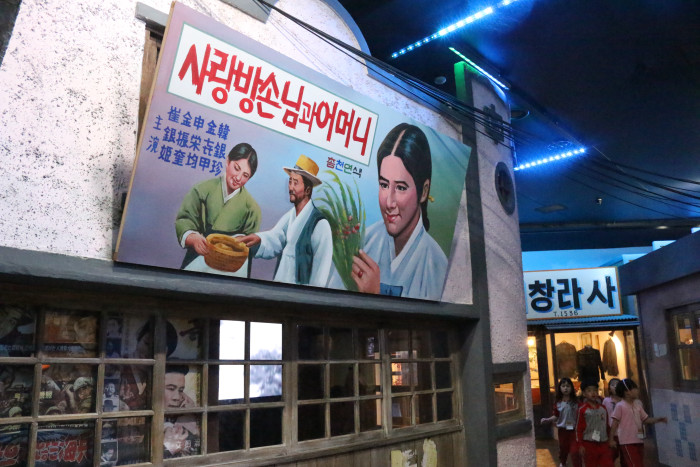
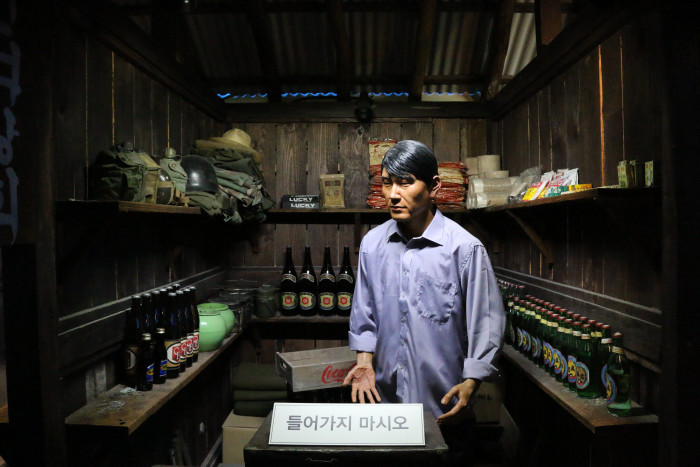

The museum introduces Suwon's history from the prehistoric times to the present, but it is the corner where the district around the southern gate of Suwon after the Korean War is reproduced like a TV drama set that catches the most eyes.
In a music cafe that a reporter entered after walking around downtown, an old TV news video was being played. Crowds cheering over the selection of Suwon as the location of Gyeonggi Provincial Office filled the screen. I put my headphones on and chose a song. Lee Mi-ja sings in a sad voice, "When the azalea and strawberry flowers bloom in the grasslands, they set fire in the hearts of Suwon ladies like flowers." In a cafe you can also listen to old pop songs and traditional folk songs such as Choi Sun-ae's My Beloved Brother, Seoho Napjulgaengi Sori, Ureongi Taryeong and so on.
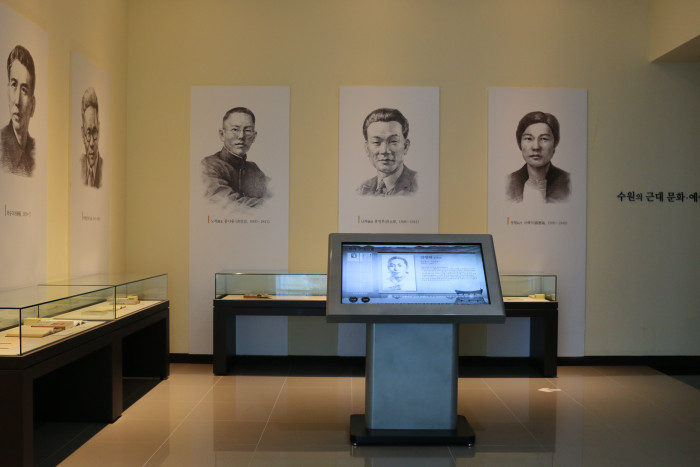
● Who among celebrities have lived in Suwon? Hong Nan-pa, the composer of "Spring in My Hometown" who wrote a page of the history of Korean music, and Na Hye-seok, Korea's first female Western-style painter, were born in Suwon. In the Suwon Museum you can also learn about the historical figures in whom the citizens of Suwon take pride, such as Pildong Im Myeon-su, who founded the Manchuria Military School that fostered the Korean army for national independence, and Kim Hyang-hwa, who led the independence movement of the gisaeng, Korean female artists.
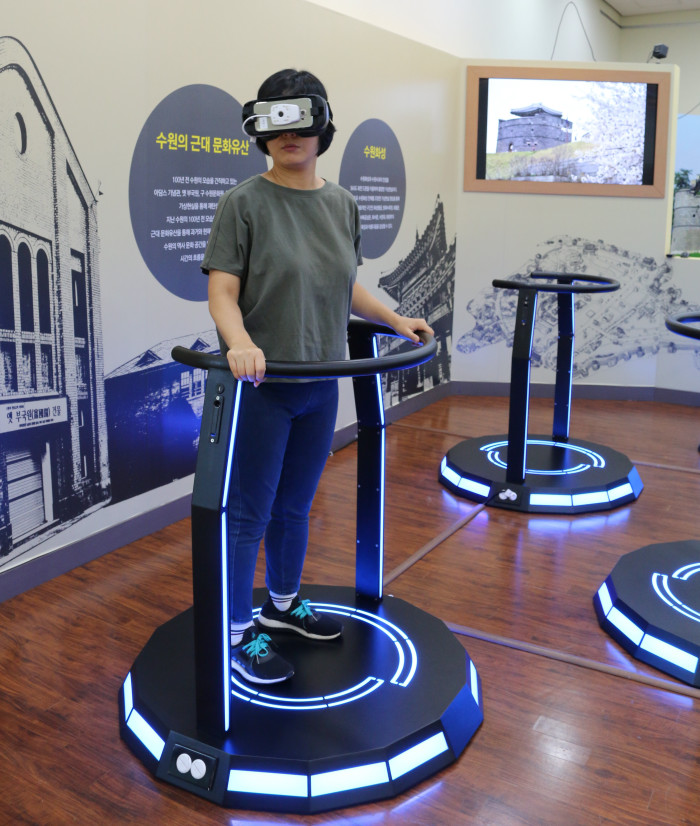
● The Experience Zone for children offers a variety of activities such as preparing a traditional meal using food replicas, completing the drawing of King Jeongjo's procession to his father's tomb, and brass-rubbing. In the VR Experience Zone, you can virtually look down on Suwon Hwaseong Fortress from the sky using VR equipment. There is also a virtual game that involves participants to experience cannon shooting at Dongbukgongsimdon (Northeastern Watchtower). The VR experience programs are available for those ages 7 and up.
<ggc의 모든 콘텐츠는 저작권법의 보호를 받습니다.>